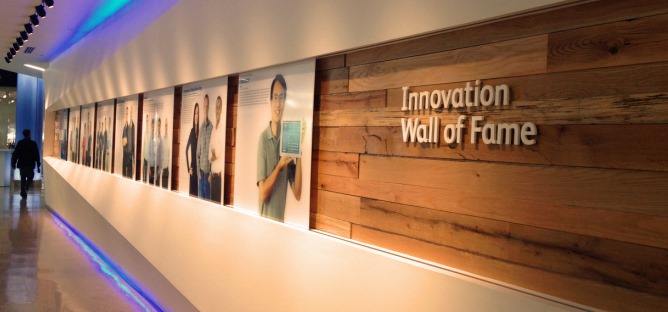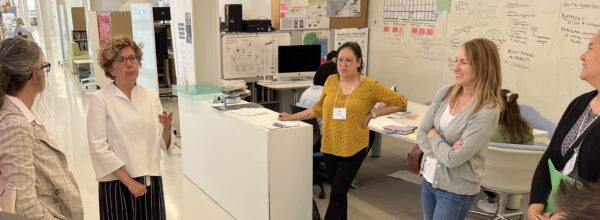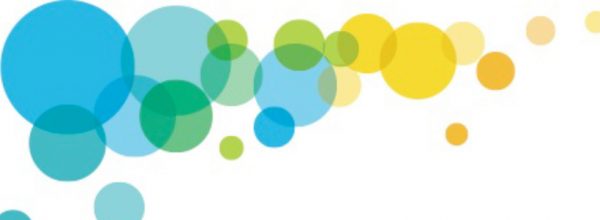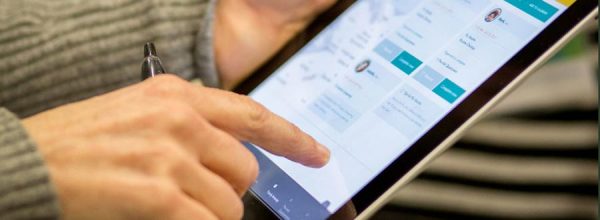Innovation starts with changing old thinking, but the ways we do that don’t have to come out of nowhere.
To help innovators in healthcare learn proven design strategies, CCI is leading a series of site visits to innovative companies outside the health sector. This year’s first such “innovation safari” took a group of eleven to see the Silicon Valley campus of Intuit, creator of popular business and finance software such as Quicken, QuickBooks and TurboTax.
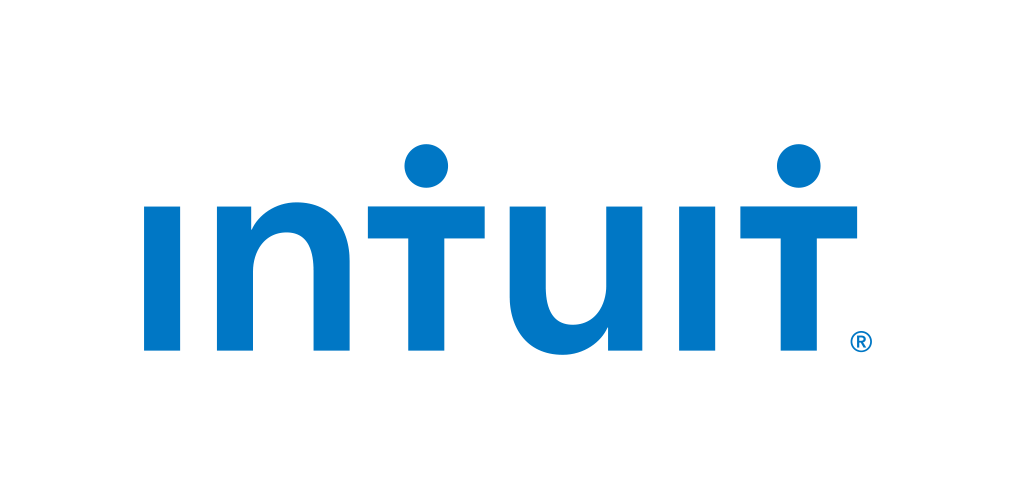
The safari group met with Wendy Castleman, head of Intuit’s “innovation catalyst” program. In the last five years Castleman has helped train over 400 employees in design thinking to drive innovation in all parts of the company, from front desk receptionists to top executives. Sound familiar? It should: CCI’s own Catalyst grant program has been based in part on Intuit’s industry-standard model of propelling internal change.
Intuit provides a particularly relevant example for healthcare innovators to examine. Like most healthcare organizations, Intuit spent much of its history as a relatively conservative company. They built a dominating market share for their products by focusing on making them easy to use¬; Intuit designers famously learned how to improve Quicken by waiting at software stores and asking consumers if they could follow them home to watch them install it. But according to Castleman, after these initial design leaps, Intuit became risk averse. They released few new products outside of their flagship successes, and most of these limited “at bats” failed.
However in 2006 the landscape under Intuit started to change—an experience that most in the healthcare sector will likely understand. Ease was no longer enough to get ahead. “Easier was table stakes,” Castleman said. So leadership tasked Intuit with becoming an innovative growth company focused on a new design principle: “design for delight.”
But simply saying they had a new design philosophy wasn’t enough to change how the company worked on a daily basis. To this end, Intuit developed the “innovation catalyst” program, a train-the-trainer campaign to seed design thinking evangels in all parts of the company. The catalyst program developed three central principles to the “design for delight” mission (these should sound familiar too): deep customer empathy, going broad to narrow, and rapid experimentation with customers.
“It was nice to hear that they haven’t always been innovative. It takes away some of the intimidation,” said Praveen Basaviah, a fellow with San Mateo Medical Center who attended the safari.
The safari group was particularly keen to see the spaces Intuit has created expressly to spur creative thinking. Once filled with gray cubicles, one building has been transformed into a combination café, gym and innovation space. Unlike a traditional conference room, the innovation space is set up to be easily rearranged and is filled with supplies for brainstorming, connecting and organizing ideas—white boards, post-it notes, yarn, and posters detailing design principles.
And Intuit offers employees another kind of innovative space: a “white space” block of unstructured time where they get to work on pet projects. Promising projects get “incubated” by a special catalyst team, and regular innovation awards reward the best contributions (usually with more unstructured work time).
“It’s striking to me that innovation is so embedded in their culture,” said Debbie Cotton, Director of Kaiser Permanente’s STAR Leadership program.
The Intuit safari was an opportunity to learn from an company that made a near total transformation of its organizational culture—something many safety net institutions are scrambling to achieve.

